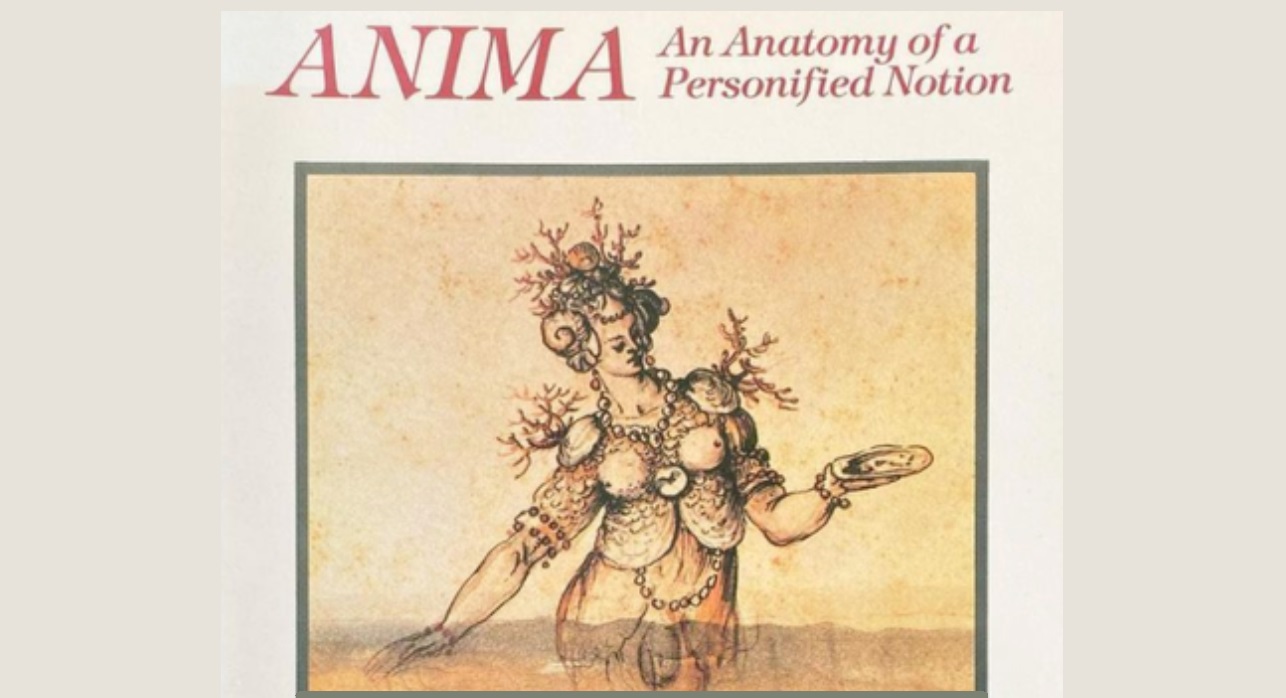The following book excerpt from Teaching Jung, Edited by Kelly Bulkeley and Clodagh Weldon, details a popular Jungian revisioning of Anima and Animus concepts.
‘ While merely scratching the surface of a rich Jungian literature of gender, we can see that the legacy of creativity approaching gender has been exceptionally fertile. Probably the most significant and far-reaching creative developer of Jung’s legacy is James Hillman, who in the 1970s produced two key articles radically transforming the anima. Through a critical rereading of Jung’s texts, Hillman aims to detach the anima from Jung’s delight in opposites. The anima is not limited to men. “She” should adopt Jung’s other name for her as “soul” and take her rightful place as a structure of consciousness in relationship to unconsciousness in both sexes . So the anima now fully inhabits her role as relatedness, as the bond to the unknown psyche, not to other people.
It follows that Eros be recognized as the separate function of sexuality and not falsely joined to the anima. Women no longer carry the anima or soul for men. They have their own anima-souls to cherish. Similarly, both sexes have equal access to animus or spirit.
Hillman then goes further to argue that anima as relatedness to the unconscious is the true basis of consciousness. Such a move dethrones the ego, which has been built upon the culture of the hero myth. “He” is driven by the desire to conquer and repress the other. Useful in the child and adolescent phases of life, the hero myth needs to be discarded by the adult who discovers his or her true being in anima-relatedness.
For Hillman, the anima is the archetype of psychology and soul making. She can manifest as singular or plural. Anima and animus ideally enact an inner marriage, marking the most fertile aspect of psychic development; they are the psychic lenses by which the “other” is known. So if the anima is seen as “one,” that is not to be taken as her essence. Rather, it is that she is regarded through a perspective conditioned to see “ones.” Hillman’s revisions of anima are exhilarating. They open up possibilities in ways that are faithful, I would venture, to Jung’s sublime intimations of gender as the point where reason and theory are defeated. ‘
[Teaching Jung – p. 175]

I read “we’re equal and the same”, I hope I was wrong.
That’s reading a bit too much into it. As Adolf Guggenbuhl-Craig notes, “Women and men are determined in their sexual identities and behavior by only a select number of archetypes.” In other words, some archetypal images can represent sexual nature and biology (eg. think of muscular Hercules, or maternal Demeter as archetypal images derived from sexual features), whereas other archetypes belong to men and women both (eg. archetypes of Anima, Animus, Self, Child, Ego… and so on).
Also, while humans are clearly sexed with X or Y characteristics, the imaginative capacity of the human psyche tends to ignore biology to a certain extent: https://gynocentrism.com/2020/12/30/james-hillman-the-psyche-tends-to-ignore-gender/